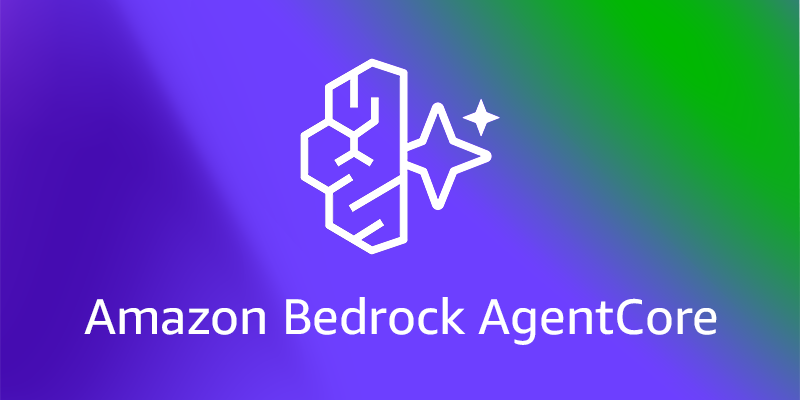
The Cloud Exodus: When 'Lift and Shift' Becomes 'Lift and Bail'
Companies are pulling workloads off major clouds due to insane costs, with hybrid solutions emerging as the pragmatic alternative.
The cloud bill shock has arrived. What started as whispers in IT departments has become a full-blown exodus from major cloud providers. Companies that rushed to “lift and shift” their infrastructure are now discovering that moving to the cloud wasn’t the cost-saving miracle they’d been promised, it was more like trading predictable capital expenses for unpredictable operational nightmares.
The $500,000 Wake-Up Call
The horror stories are becoming commonplace. One company faced a $500,000 cloud bill ↗ for what should have been an innocuous query that ran over resource limits. Another saw their cloud costs balloon by 60% after migrating what they thought was an optimized workload. These aren’t isolated incidents, they’re symptoms of a fundamental miscalculation in how companies approach cloud migration.
The prevailing sentiment among IT leaders is that simply moving infrastructure as-is into the cloud is “expensive as hell” because the workload was never optimized for cloud services. When companies have to pull significant data from their cloud services, data egress costs create another massive expense that wasn’t part of the original business case.
The Hybrid Cloud Reality Check
Hybrid cloud isn’t just a buzzword anymore, it’s becoming a financial necessity. The model that combines private cloud and public cloud elements is seeing renewed interest as companies realize that a one-size-fits-all approach to cloud doesn’t fit their budget.
Many organizations that waited for cloud pricing to make sense are finding they were right to maintain some on-premises infrastructure. As one IT manager noted, “Hybrid will be the best option as far as I’m concerned for quite a while.” This isn’t about rejecting cloud entirely, it’s about strategic placement of workloads where they make the most financial sense.
The FinOps Revolution

The response to this cost crisis has been the rapid adoption of Financial Operations (FinOps). According to recent data, 75% of Forbes Global 2000 companies ↗ have adopted some form of FinOps to manage their cloud environments. But here’s where most companies get it wrong: FinOps isn’t just about saving money.
True FinOps success requires cross-functional collaboration between IT, finance, and leadership. It’s about establishing governance, improving visibility, and creating accountability structures that ensure cost management is applied consistently across teams. Organizations using managed FinOps services report 20, 30% lower operational costs ↗, but the real value comes from the strategic capabilities they build.
The Maturity Curve: From Reactive to Strategic
Most companies start in the “crawl” phase of the FinOps maturity curve, managing costs reactively with limited visibility. The goal is to reach the “run” phase, where spending becomes predictable, optimization is continuous, and cost data ties directly to business outcomes.
Key questions to assess your position on the curve:
- Can you accurately forecast cloud spend six months out?
- Do you have cost allocation tags applied consistently?
- Can you tie cloud spending back to specific business outcomes or products?
If you answered “no” to most of these, you’re not alone. Flexera’s 2024 State of the Cloud Report found that almost a third of cloud spend is wasted, a staggering figure that underscores why hybrid approaches are gaining traction.
When Hybrid Makes Financial Sense
The hybrid cloud decision matrix comes down to workload characteristics and cost predictability. Stable, predictable workloads often make more financial sense on-premises or in private cloud environments, while variable, unpredictable workloads benefit from public cloud elasticity.
Data-intensive applications with high egress costs are prime candidates for hybrid solutions. Companies are finding that keeping data processing close to the source and only using cloud services for specific functions can dramatically reduce costs without sacrificing performance.
The Tool Agnostic Approach
Successful hybrid cloud strategies aren’t about choosing one vendor over another, they’re about selecting the right tools for each part of the workload. AWS provides comprehensive cost management tools ↗ like Cost Explorer and Budgets, but the most effective approaches often combine native cloud tools with third-party solutions that provide cross-cloud visibility.
The key is flexibility, being able to integrate with native cloud tools or connect with best-in-class vendors based on what fits your environment. This tool-agnostic philosophy gives organizations control over their cloud journey instead of locking them into a single platform.
The AI Complication
Just as companies are getting a handle on cloud costs, AI is adding another layer of complexity. The FinOps Foundation reports that 63% of teams now use FinOps practices to manage AI-related cloud spend, up from just 31% the year before. AI workloads often have different cost characteristics than traditional computing, with specialized hardware requirements and unpredictable resource consumption patterns.
The principles of FinOps still apply in an AI world, but the tools and approaches need to evolve. Companies are exploring agentic AI interfaces that allow natural-language questions like “What will my AI training costs look like next quarter?” to make cost management more accessible across the organization.
The Future Isn’t All-Or-Nothing
The shift toward hybrid cloud isn’t a rejection of public cloud, it’s a maturation of cloud strategy. Companies are realizing that the most cost-effective approach often involves a mix of public cloud, private cloud, and on-premises solutions tailored to specific workload requirements.
The companies succeeding in this new environment are those treating cloud cost management as an ongoing capability-building exercise rather than a one-time cost-cutting project. They’re building the processes, skills, and governance needed to make cloud investments deliver continuous value rather than constant surprises.
The cloud exodus isn’t about abandoning cloud, it’s about finding the right balance. And for many companies, that balance looks increasingly hybrid.


